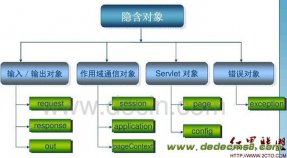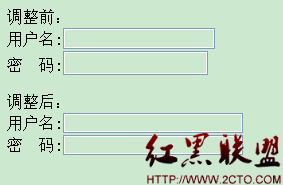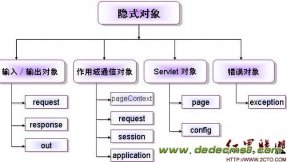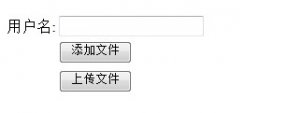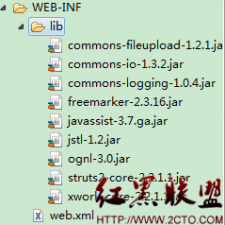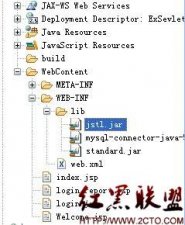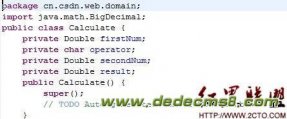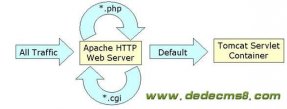pstmt.setObject(index++, entity.getEmail());
pstmt.setObject(index++, entity.getPerference());
pstmt.setObject(index++, entity.getType());
pstmt.setObject(index++, entity.getDescription());
/* 第六步:执行更新 */
int i = pstmt.executeUpdate();
/* 第七步:判断 */
if (i > 0) {
flag = true;
}
} catch (SQLException e) {
// TODO Auto-generated catch block
e.printStackTrace();
}
/* 第八步:释放资源 */
JdbcUtil.release(rs, pstmt, conn);
/* 必须修改返回值的变量 */
return flag;
}
public boolean update(Customer entity) {
/* 第一步:声明返值的变量 */
boolean flag = false;
/* 第二步:获取连接对象 */
try {
conn = JdbcUtil.getConn();
/* 第三步:获取连接对象 */
//name,gender,birthday,cellphone,Email,preference,type,Description
String sql = "update customer set name=?,gender=?,birthday=?,cellphone=?,Email=?,preference=?,type=?,Description=?,where id=?";
/* 第四步:根据sql语句获取与处理对象 */
pstmt = conn.prepareStatement(sql);
/* 第五步:为占位符赋值 */
int index = 1;
pstmt.setObject(index++, entity.getName());
pstmt.setObject(index++,entity.getGender());
pstmt.setObject(index++, entity.getBirthday());
pstmt.setObject(index++, entity.getCellphone());
pstmt.setObject(index++, entity.getEmail());
pstmt.setObject(index++, entity.getPerference());
pstmt.setObject(index++, entity.getType());
pstmt.setObject(index++, entity.getDescription());
pstmt.setObject(index++, entity.getId());
/* 第六步:执行更新 */
int i = pstmt.executeUpdate();
/* 第七步:判断 */
if (i > 0) {
flag = true;


